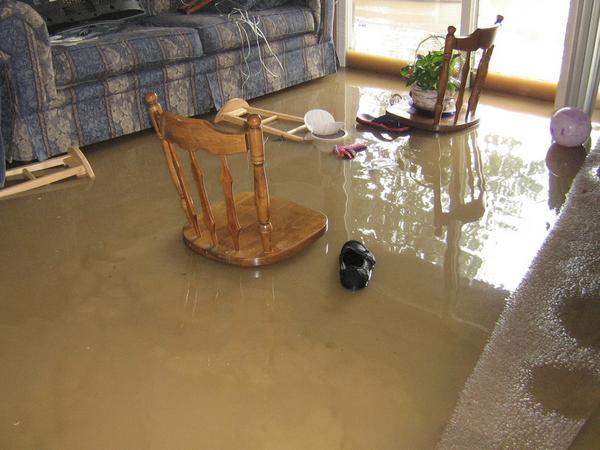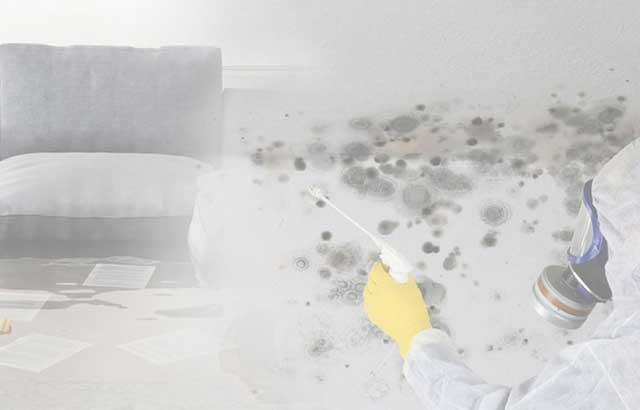How to avoid a Water Damaged Bathroom
How to avoid a Water Damaged Bathroom
Blog Article
Everyone has their private perception involving How to Repair and Prevent Bathroom Water Damage.

The washroom is extremely susceptible for damp build-up and also possible water damage due to the regular use water in it. This write-up supplies simple evaluation methods to assist discovering water damages threats.
The constant use water in the bathroom makes it incredibly susceptible for damp build-up as well as possible water damages. By evaluating it consistently, you can reduce water related damages.
The following set of inspections is easy to perform and should be done once in every three months in order to keep your bathroom in good shape and to prevent potential water damages caused by the bathtub, the shower, pipeline joints and also plumbing, sinks, closets, and also the commode
Do not disregard doing these assessments as well as be extensive while doing them. Keep in mind that these simple inspections can conserve you a great deal of cash by supplying early indications for water damage
Sinks and also Cabinets
Sinks and cabinets are exposed to dampness as well as humidity daily and are usually forgotten. Check frequently under the sink and on the kitchen counter above it. Repair any kind of drip in the catch as it may suggest drainpipe problems. Check out the sink, sluggish draining pipes might suggest an obstructed drainpipe. Replace sink seals if they are split or loose.
Bath tub and Shower
The shower and also tub need special interest and upkeep. Check the floor tiles as well as change if broken. Make sure that there is no missing out on grout in between the tiles. Check and also replace split caulking at joints where the walls satisfy the floor or the tub. Clogged drains and also pipes troubles will stop the bathtub from drying out and may show major troubles beneath the tub. Consult with an expert immediately to avoid architectural damage. Focus on stainings or soft areas around the tub wall surfaces as they may suggest an inner leak.
Plumbing
Signs for water damage are tough to spot considering that most pipes are set up inside the wall surfaces.
Pay special attention to floor covering and also walls wetness and also stains as they may suggest an unseen plumbing problem. Inspect dampness degrees in adjoining spaces too.
The Commode
The toilet is a vulnerable water junction. Inspect the water lines as well as look for leaks around the toilet seat, in the hose pipe, and also under the water container. If you detect any type of indications of dampness on the flooring around the toilet, check for leaks in the toilet edge and also container seals.
Be aware that hanging toilet bowl deodorants boosts the opportunities for obstructions.
Water Damage Signs In The Bathroom To Avoid Cleanup
Musty smell
This is one of the easiest signs to catch because musty smells are so odorous. The damp, earthy, moldy smell should be a big red flag. The smell will develop when moisture gets trapped in surfaces, and begins to facilitate mold growth. Leaking pipes under cabinets, inside walls, and behind shower fixtures will cause moisture to stay trapped and not dry, which will lead to mold growth and spread. As soon as you notice any musty smells in your bathroom, have it checked for hidden water damage and cleanup signs.
Visible mold
If the smell isn’t there to give it away, sometimes you will actually see mold growth. Finding mold in your bathroom is a serious problem, because mold is very harmful to your health. By the time mold growth is visible, it also means that water damage has already occurred and been present for some time. The only way the mold problem can be resolved is to find the source of the moisture and get it stopped. To safely and adequately remove mold, you need to have professionals handle the remediation. Do not waste any time in getting mold problems addressed, fixed, and sanitized so that you can protect you and your family from the many respiratory symptoms caused by mold exposure.
Damaged floors
Bathroom floors should be able to withstand some exposure to water while still remaining in good condition. However, when excess exposure or water leaks occur, they will begin to damage even the most water-resistant flooring. If you notice any cracking, bubbling, staining, or warping on your bathroom floors, there is probably a water leak somewhere causing the distortion. If you notice areas of the floor have become softer, or even have a spongy feeling, there is probably damage to the subfloor. Subflooring is typically made up of plywood. When plywood is exposed to water or moisture, it will absorb it. Once it has become saturated, the weight of the excess water will cause the wood to swell and soften. Check the floors in your bathroom frequently to catch any of these sings before they lead to damaged subflooring.
Changes on walls
When water leaks behind walls, it will cause changes in the drywall. Peeling plaster, blistering paint, and soggy wallpaper are all good indicators that excess water is building up behind the wall. Water leaking behind drywall will cause it to swell and be soft to the tough. If you start to notice gaps along the trim of your walls, or where tile meets the wall, it could also be a strong indicator that there is a leak behind the wall. Any changes, distortion, or damage on the walls should be evaluated as soon as you notice it to prevent further water damage and cleanup.

As a fervent reader about Common Causes of Water Damage in a Bathroom, I thought sharing that piece of content was beneficial. Sharing is nice. Helping others is fun. I take joy in reading our article about How to Prevent Bathroom Water Damage.
Appointment Report this page